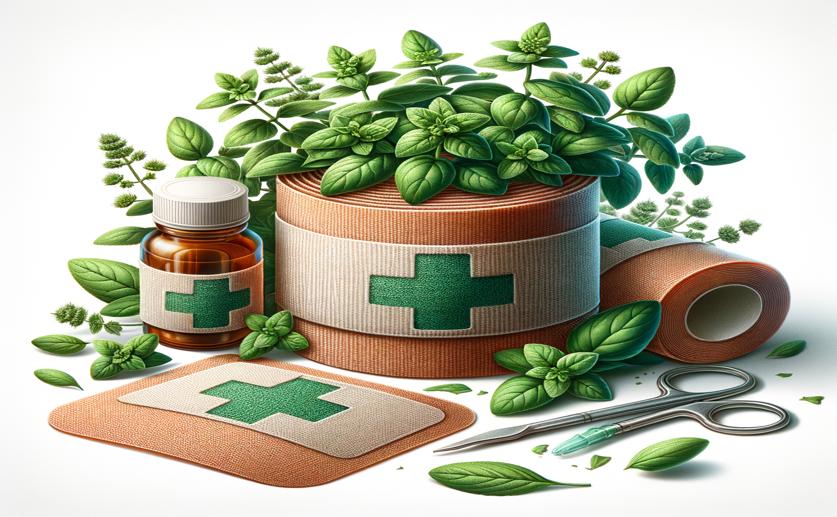
Creating Advanced Oregano-Infused Bandages for Better Wound Healing
Jim Crocker
8th August, 2024

Image Source: Natural Science News, 2024
Key Findings
- Researchers at Government College University, Lahore, developed 3D printed scaffolds using a bioink made of CMC, PVP, collagen, and oregano extract for wound healing
- The scaffolds showed excellent mechanical properties, with a tensile strength of 730 KPa and good flexibility, making them suitable for physiological conditions
- The inclusion of oregano extract provided antimicrobial properties, effectively inhibiting Staphylococcus aureus and Escherichia coli, which is crucial for preventing wound infections
References
Main Study
1) Development of hybrid polyvinylpyrrolidone/carboxymethyl cellulose/collagen incorporated oregano scaffolds via direct ink write printing for potential wound healing applications.
Published 5th August, 2024
https://doi.org/10.1016/j.ijbiomac.2024.134528
Related Studies
2) Wound infection. A failure of wound healing caused by an imbalance of bacteria.
Journal: The Surgical clinics of North America, Issue: Vol 77, Issue 3, Jun 1997
3) Advanced drug delivery systems and artificial skin grafts for skin wound healing.
4) 3D bioprinting of heterogeneous tissue-engineered skin containing human dermal fibroblasts and keratinocytes.
5) Biopolymers: Applications in wound healing and skin tissue engineering.



 15th July, 2024 | Jenn Hoskins
15th July, 2024 | Jenn Hoskins